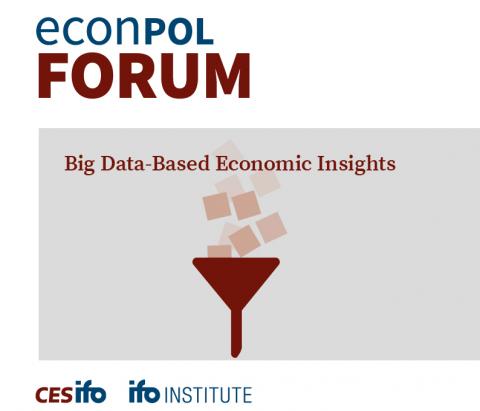Semantic Shifts in EU Competition Law: A Data-driven Study of Policy Goals
BIG-DATA-BASED ECONOMIC INSIGHTS
Key Messages
- Text mining and corpus linguistic methods are used to analyze 11,000 EU competition law decisions and judgments
- This reveals a shift in the competition vocabulary from ordoliberalism in the 1970–80s to neoliberalism in the post-2000s
- While the Commission has partly adopted a neoliberal vocabulary, the courts have stuck to ordoliberal rhetoric
- This shift in economic thinking is also reflected in enforcement actions and institutional priorities
- Understanding semantic shifts in EU law is crucial to aligning policy with underlying theories and doctrines
Since its inception, European competition law has been a battleground for different interpretations and ideologies. As a result, concepts ranging from market integration and individual freedom to socially optimal market structures have constantly vied for influence alongside efficiency-oriented arguments reminiscent of the Chicago School. This tapestry of ideas underscores the multifaceted nature of competition policy – a policy that is inextricably linked to the specific “DNA” of its legal regime and its hierarchy of policy goals. In order to dissect and understand this DNA for the European case, this article uses natural language processing (NLP), also known as text mining, to examine over 11,000 EU competition law decisions and judgments from 1961 to 2021.
Anselm Küsters: “Semantic Shifts in EU Competition Law: A Data-driven Study of Policy Goals,” EconPol Forum 25 (2), CESifo, Munich, 2024.
